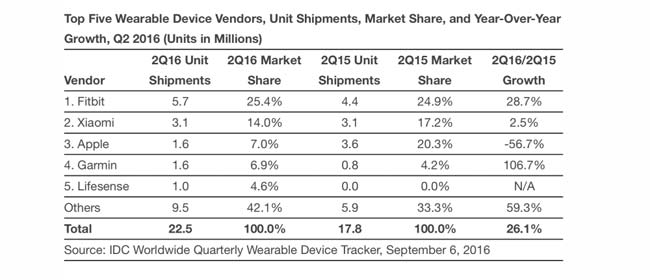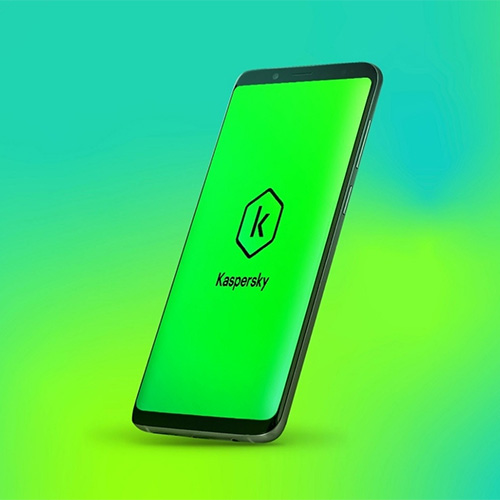
 Wearable devices shipments reached 22.5 million in the second quarter of 2016 helping the market to grow 26.1 per cent year over year as new use cases are slowly starting to emerge.
Wearable devices shipments reached 22.5 million in the second quarter of 2016 helping the market to grow 26.1 per cent year over year as new use cases are slowly starting to emerge.
"Fitness is the low-hanging fruit for wearables devices. However, the market is evolving and we're starting to see consumers adopt new functionality, such as communication and mobile payments, while enterprises warm to wearables' productivity potential," said Jitesh Ubrani, senior research analyst for IDC Mobile Device Trackers.
Basic wearable devices (devices that do not support third party applications) grew 48.8 per cent from Q2 2015 levels while smart wearables (devices that support third party applications) declined 27.2 per cent year over year.
Fitbit's dominance remains unchallenged for now as the company's name is synonymous with fitness bands. The latest Charge 2 and Flex 2 are indicative that the company is growing up, giving form and function equal importance.

Xiaomi Mi Bands remain extremely popular in China. In every technology market, Xiaomi has focused on the value conscious consumers, and that trend continues. The recent launch of the Mi Band 2 includes heart rate tracking and still maintains a price below $20 USD. The challenge for Xiaomi, however, is growing beyond China's borders and onto the global stage.
Apple was the only vendor among the market leaders to post a year-over-year decrease in shipment volumes, primarily because it did not launch a new model on the anniversary of its first generation Watch. second quarter was the first full quarter of Apple's reduced price strategy on the Sport model, which slightly helped the company rebound from its post-holiday slump.
Garmin's vertical integration and constant expansion of the ConnectIQ app store have allowed the company to slowly expand its channel presence and gain consumer mindshare. While it remains focused on fitness enthusiasts and athletes, the latest design of the Fenix Chronos will certainly help broaden its appeal to the masses.
This is the first time Lifesense has broken into the top five on the strength of by its low-cost Mambo fitness trackers shipping into China. It also connects with WeChat, an immensely popular messaging service in China, to share data with others without having to log into a separate application.
"Basic wearables, which include most fitness trackers, have benefited from a combination of factors: a clear value proposition for end-users, an abundant selection of devices from multiple vendors, and affordable price points," said Ramon Llamas, research manager, Wearables.
Basic wearables accounted for 82.8 per cent of all wearable devices shipped during the quarter, and more vendors continue to enter this space. The danger, however, is that most devices end up being copycats of others, making it increasingly difficult to differentiate themselves in a crowded market.
"There is plenty of curiosity about what smart Wearable devices - particularly smartwatches - can do, but they have yet to convince users that they are a must-have item. The good news is that smart wearables are still in their initial stages and vendors are slowly making strides to improve them. But this also means that it will be a slow transition from basic wearables to smart wearables," added Llamas.
See What’s Next in Tech With the Fast Forward Newsletter
Tweets From @varindiamag
Nothing to see here - yet
When they Tweet, their Tweets will show up here.





























